Digital news from rural India
Heralding a feminist news revolution
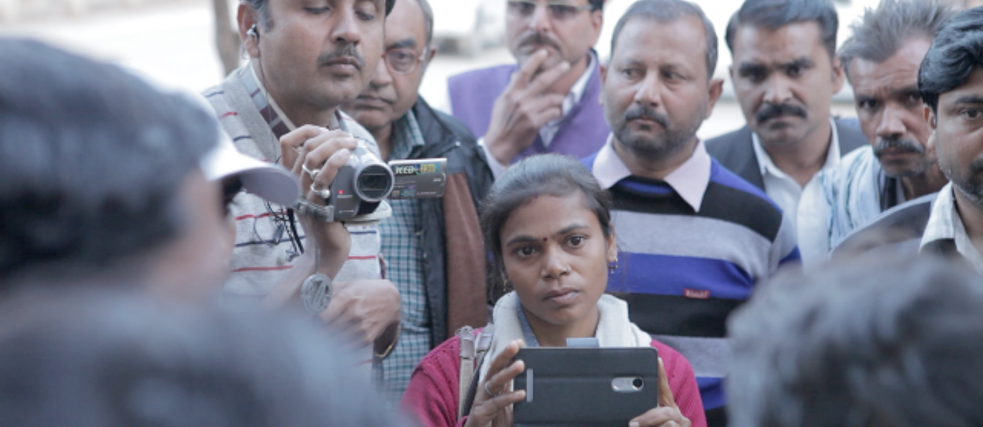
Literacy level has little to do with how good a reporter you make. Find out how the citizen journalism platform ‘Khabar Lahariya’ is becoming a media source to connect rural India’s’ Bundelkhand region.
By Ritika Bhatia
At a glance, Shivdevi from Banda, Uttar Pradesh might appear like just another Dalit village woman, attending to chores and leading a nondescript life. But if you look closely, a notebook and a pen, a camera phone and a dusty satchel paints a different picture altogether.
Shivdevi, a young mother then, driven out by her tyrannical in-laws, is a journalist – one of the very few women reporters etching an example in a patriarchal rural setting. She scours the rustic roads on her new scooter, unearthing stories of injustice, deprivation and atrocities. Abuse by the local leaders, the nonchalance of the police authorities and the ever-existent apathy of many villagers towards a woman reporter – nothing stops Shivdevi.
She is among many such women who work for Khabar Lahariya (KL) – India’s first and only hyperlocal media organisation which is training rural women of media-dark geographies of north Indian hinterland to be journalists for the past two decades. From establishing themselves as a chain of local-language newspapers across an 80,000-strong reader base in Uttar Pradesh and Madhya Pradesh, KL is now entirely digital and runs a daily video news service. With a reach of around 10 million people a month through multiple digital platforms, including Facebook, YouTube, and WhatsApp, their network of women reporters, editors and stringers ensure a digital footprint across the Hindi-speaking belt of rural and small-town north India.
Breaking into a male bastion
“Heated discussions over feminism and being a feminist, had to go beyond portraying women in a positive light in a context where they were only ‘bechari’ (helpless) or ‘besharam’ (shameless). It had to be about looking at the use and abuse of power by people, institutions and systems,” briefs Pooja Pande, who heads Strategy at Khabar Lahariya, explaining why Khabar Lahariya was started in 2002.
“We wanted to establish the women from Dalit, Muslim, tribal communities as journalists, breaking into a male bastion. Challenges were aplenty. We were told by the district magistrate that Khabar Lahariya was ideal to train these women to make achaar (pickle) and papad (papadums),” states the Khabar Lahariya team, highlighting that at those times, making reporters out of these women was beyond imagination for everyone else.
A journey spanning decades
The organisation is operated by a competent all-women team and recently celebrated its 18th birthday. Khabar Lahariya’s Editor-In-Chief Kavita Bundelkhandi (she changed her surname to own and reflect her roots) is a self-made woman, hailing from the rural hinterlands of the cultural region - Bundelkhand. KL is now housed under Chambal Media, a feminist digital media organisation that has materialised through the zeal and persistence of Kavita and like-minded women.
Their roots lie in an initiative called Mahila Samakhya, which began working with Dalit and Adivasi women to improve reading skills through programs like the one Shivdevi attended. Eventually, MS also brought out Mahila Dakiya, a four-page broadsheet with local news and information. Published until 1995, it was the precursor to Khabar Lahariya’s newspaper, which soon became a reality when Nirantar, a gender non-profit organisation stepped in from Delhi to fulfil the journalistic aspirations of these feisty women.
When Khabar Lahariya launched as a regional print paper in 2002, some of their earliest journalists were graduates of Mahila Samakhya’s programme, like Shivdevi. Writing in Bundeli first, then Awadhi, Hindi and Bhojpuri, the reporters doubled as distribution agents. Kavita recalls “too many firsts altogether. A woman had to lift the ghunghat (veil), go into crowded areas, talk to men and work for irregular hours. Families and in-laws oppose all this. On average, five out of every 15 women we trained would stay, rest would drop out mid-way, submitting to the societal pressure.”
From mistreated wives and mothers to full-time reporters
Shivdevi, whose story we shared in the beginning, is one of the many women reporters from marginalised communities at Khabar Lahariya with equally compelling stories. Resistance from the family, obligations as a mother and above all, the orthodox social set-up comprise only the tip of the iceberg if one tries to analyse the obstacles for these women.
Kavita herself “never dreamed that I could have a job like being a journalist. As Khabar Lahariya grew, we started hiring non-literate women, to give them opportunities to learn the professional skills of reporting, marketing and production, and began the business of publishing a local newspaper.” Unlike most other rural reporters, who double as stringers and ad-sales agents, KL reporters all get a regular salary and medical insurance. They earned their independence and self-respect through persistence and a rigorous training module.
Pooja elaborates, “Through word of mouth, social media and NGO networks, we publicise the information that we are hiring in a particular district. Applications are invited, and applicants are shortlisted based on of their basic qualifications like high school graduation. Marginalised women are given preference. Senior KL members travel to the districts to interview shortlisted candidates, and if we think a woman has it in her, then she is called for training and then an internship in the town Chitrakoot.”
Apart from that, as co-founder Disha Mullick points out, they get “a lot of emotional support, which they need to navigate the public and domestic repercussions of the work they do.”’ Sometimes KL has to intervene in situations where families put down strict restrictions. “The women’s resilience is constantly surprising,” Disha said. “They deal with violence, death, discrimination, and walk miles for stories.”
The Digital Revolution
Moving over the traditional pen and notebook, the women have recently been equipped with smartphones and basic computer knowledge, making their jobs easier and faster. ‘Over time, we saw that literacy level has little to do with how good a reporter you make,’ Disha said. ‘The people who’ve done best at KL haven’t necessarily been the ones with the best writing skills; they are the ones with a fire to report, to find the least likely story.” It takes some chutzpah to stick a camera in someone’s face, but it’s also empowering, and exhilarating. The mobile camera and mic have become the reporter’s insignia, just as the physical paper once was.
“Technology that is easily accessible to people at the bottom of the pyramid is most effective,” Kavita observed. In the last few years, “YouTube and WhatsApp have revolutionized how people access and share news and they have changed the way our newsroom works in a very positive way. We’ve been able to reach many more women and non-literate people in villages through the platform. We’ve seen that our outreach on YouTube is the highest in rural areas of Uttar Pradesh and audience engagement with our news there is also very high.” KL’s YouTube channel now reaches 10 million viewers per month, has close to 450.000 (4.5 lakh) subscribers and expansion plans for the future.
“Her story makes history”
In a media environment where ‘the numbers’ have taken on outsize importance, it’s worth remembering that more than the views and likes, it’s the particular anecdotes that show how local media can create real accountability. When two Dalits were beaten to death in Chitrakoot, it took a KL video story to finally get authorities to take responsibility for their corpses and the crime. A woman filed two FIRs against her abusive husband, but the police did not arrest him until KL filed a story about her. A road in Chitrakoot was built after nearly two years of delay after a KL report. Potholes have been filled and dormant schools reopened.
“Cost and relevance-wise, it makes sense to cover the small stories, the everyday stories,” Disha says. “It builds sustainable media that people trust and can depend on – to access governance, to participate in democracy.”
This doesn’t mean shying away from hot-button, big-ticket stories. In 2020, their team of field reporters have been no less than frontline workers in this battle against Covid-19, going out into the field every single day to bring out the important stories spanning the double whammy of a health and humanitarian crisis across the country. “Throughout the Covid-19 pandemic, we’ve been reporting on its rural impact, in terms of widespread hunger, a lack of social nets, the looming farmer crises, and the dehumanisation of migrant labourers, and how the novel coronavirus is also a gendered pandemic in a special series on Women and Covid-19.”
Certain reports have spurred small charities and individuals to action, made local leaders step up to provide rations and other resources, knocked on locked hospital doors, and amplified labourers’ voices to reach their families and representatives. “This is what journalists do, and that’s what we’ll keep doing,” says Disha.
“Her story makes history” – goes the Khabar Lahariya tagline. In a bid to make the subaltern narratives thrive, Khabar Lahariya is striving to build a robust independent news network, promote rural journalism and in turn empower women throughout India.
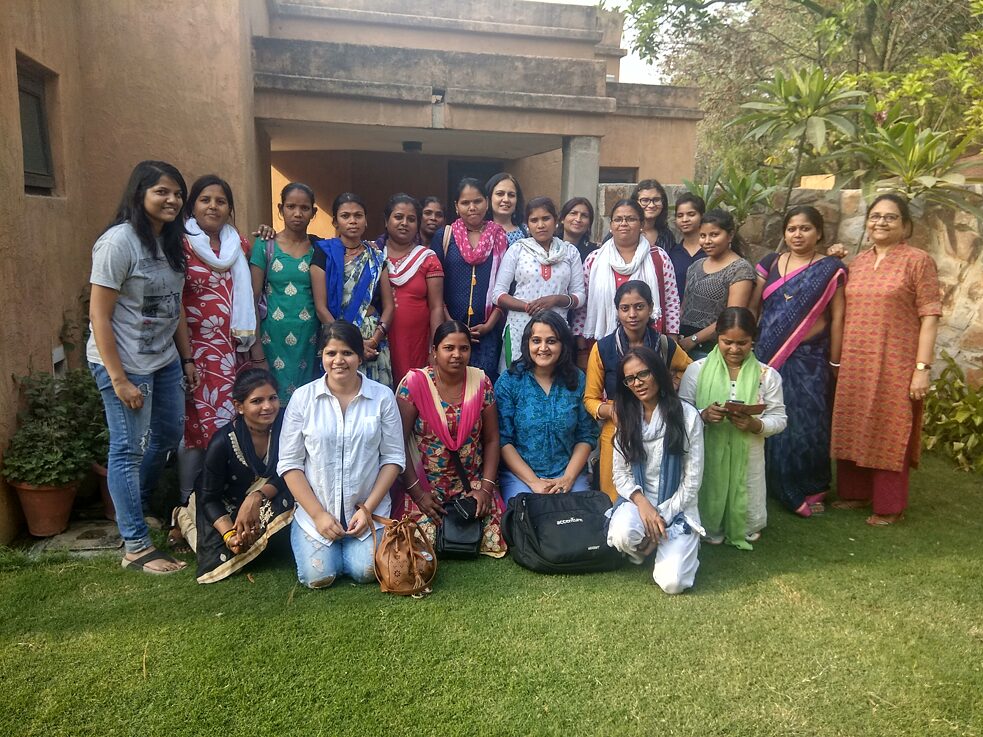
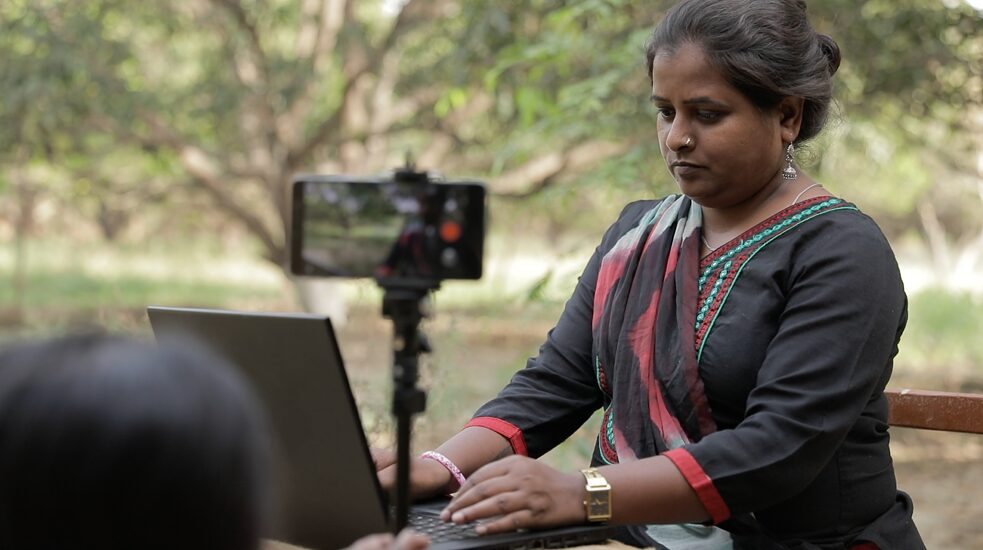
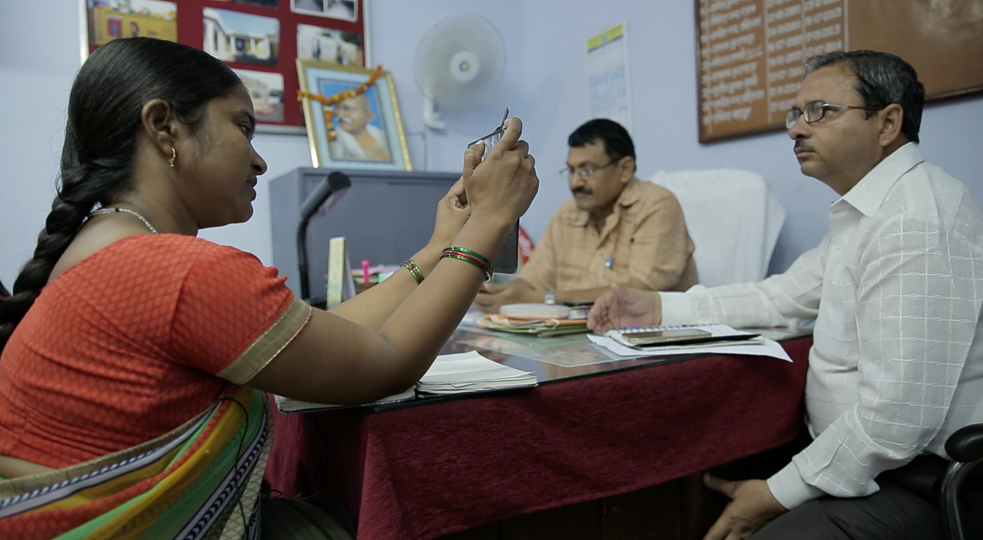
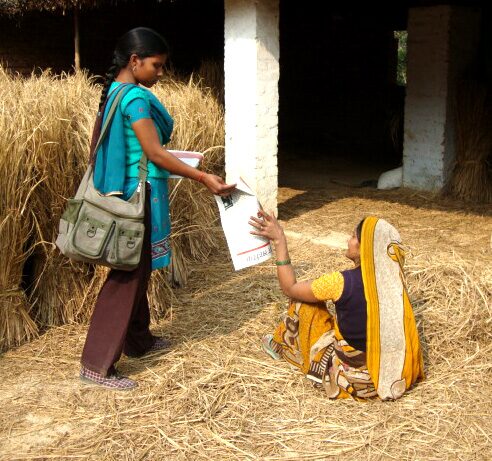
Comments
Comment